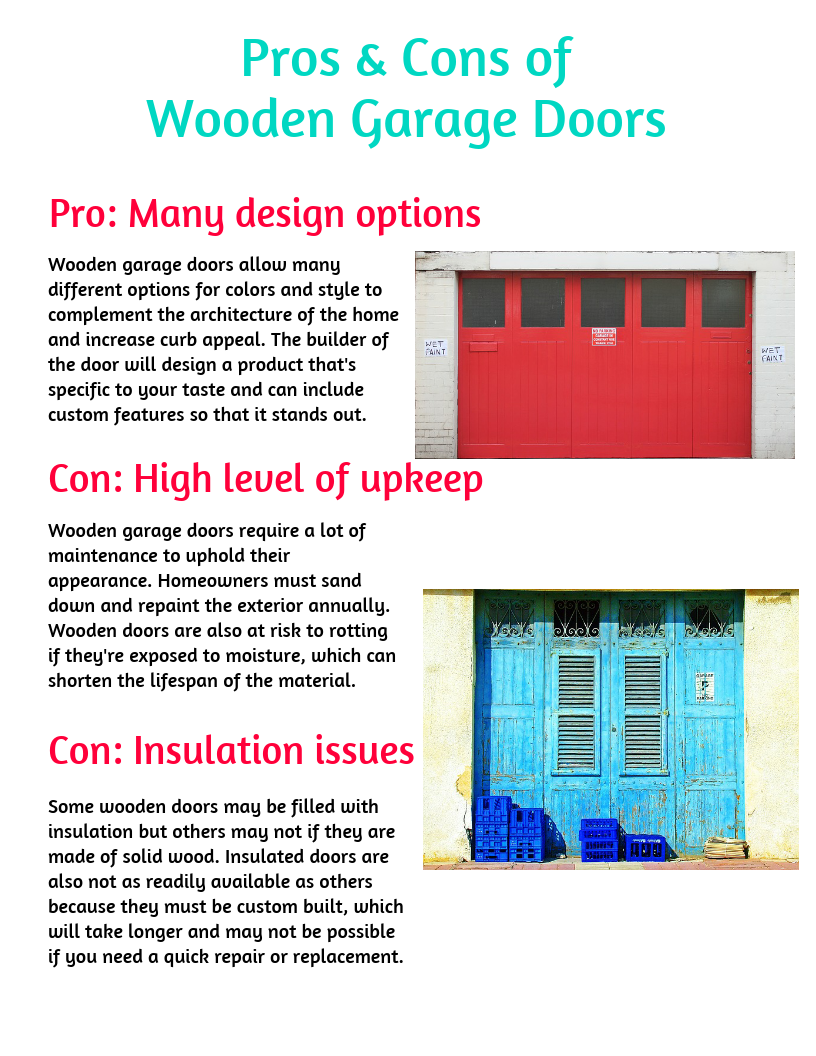Ideal Pressure Washing Approaches For Various Sorts Of Surface Areas
Ideal Pressure Washing Approaches For Various Sorts Of Surface Areas
Blog Article
Short Article By-Vazquez Vincent
When it pertains to press cleaning, the method you select can make all the distinction in accomplishing a clean, streak-free surface. You may discover that difficult surface areas, like concrete, need a different strategy than softer materials, such as timber or vinyl. It's necessary to adjust your approaches to the surface type to prevent damages while making the most of cleaning efficiency. So, what are the very best strategies for each surface area, and how can you ensure you're making use of the ideal settings and devices for the task? Let's explore what you require to know to obtain the very best outcomes.
Tough Surfaces
When it involves push cleaning difficult surface areas, prep work is crucial. Before you also consider taking out the stress washer, make the effort to clear the area of any particles, furnishings, or obstacles. You do not want anything entering your means or possibly destructive your devices.
Next off, inspect the surface area for any kind of fractures or damage; this will certainly help you figure out the ideal technique and stress settings.
As soon as you have actually prepared the location, it's essential to pick the appropriate nozzle. For hard surfaces like concrete or brick, a narrow nozzle (15 or 25 levels) works best to offer a concentrated stream of water that can properly get rid of gunk and stains. Constantly start at a distance and progressively move closer to prevent any type of surface area damages.
As professional window washing professionals begin washing, keep the stick transferring to prevent streaks and over-saturation. It's also valuable to function from the top down, enabling dust and particles to remove normally.
Ultimately, remember to wash the surface area thoroughly after cleansing to get rid of any remaining cleaning agent. With these techniques, you'll attain a tidy and renewed look on all your hard surfaces.
Soft Surfaces
Stress washing soft surface areas calls for a gentler technique to protect them from damages. Whether you're cleansing your deck, patio furniture, or siding, utilizing excessive stress can cause damages, scratches, or perhaps permanent injury.
Beginning by selecting a low-pressure nozzle, preferably a 25-degree or bigger spray pattern, to spread the water a lot more gently.
Prior to you begin, it's vital to pre-treat any kind of spots with an appropriate cleansing service. This action enables the cleaner to penetrate the dirt and gunk, making it easier to get rid of without scrubbing too hard.
Constantly use the option from the bottom as much as stop streaking.
When https://www.housebeautiful.com/uk/lifestyle/cleaning/a32694943/window-squeegee-cleaning-carpets/ begin pressure washing, maintain a range of at least 12 to 18 inches from the surface. Move your stick in a sweeping activity, keeping it parallel to the surface to avoid focused stress on one area.
Rinse the location completely after cleaning up to get rid of any kind of residual cleanser.
Last but not least, examine the surface for any missed areas and repeat the procedure if necessary. By adhering to these steps, you can properly tidy soft surfaces while protecting their honesty and look.
Specialized Surfaces
Cleaning soft surface areas calls for care, yet specialty surface areas require even more interest to detail. When you tackle these surfaces, like fragile wood, tarnished concrete, or particular types of exterior siding, making use of the ideal stress washing methods is important to prevent damage.
First, examine the product. As an example, treated timber can often stand up to modest stress, however softer timbers like cedar may need a reduced setup. Constantly start with the lowest pressure and slowly boost if necessary.
For discolored concrete, utilize a fan spray nozzle and maintain a consistent distance to stop engraving the surface.
When handling surface areas like plastic home siding or painted surfaces, a vast spray pattern helps disperse the stress evenly, securing the coating.
It's also important to utilize detergents particularly created for specialty surface areas. They can improve cleaning without jeopardizing the material.
Wash extensively after cleaning to eliminate any type of deposit, as it can result in staining or damage over time.
Verdict
Finally, grasping pressure washing strategies for different surfaces can make all the difference in your cleaning outcomes. For difficult surfaces, stay with narrow nozzles and a top-to-bottom approach, while soft surfaces require a gentler touch with bigger nozzles. Don't neglect to pre-treat spots and rinse completely to stay clear of deposit. By adjusting your methods to each product, you'll not only accomplish a cleaner finish however also shield the integrity of your surface areas. Satisfied cleaning!
